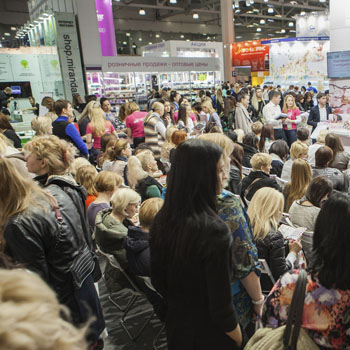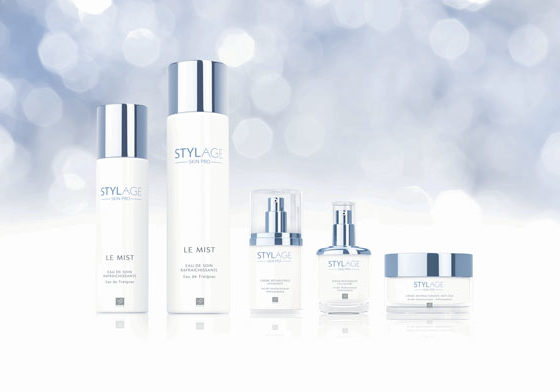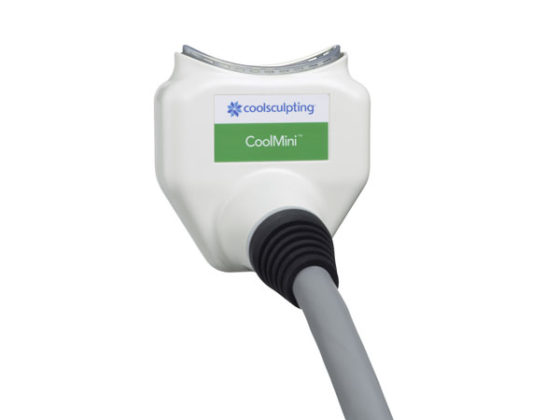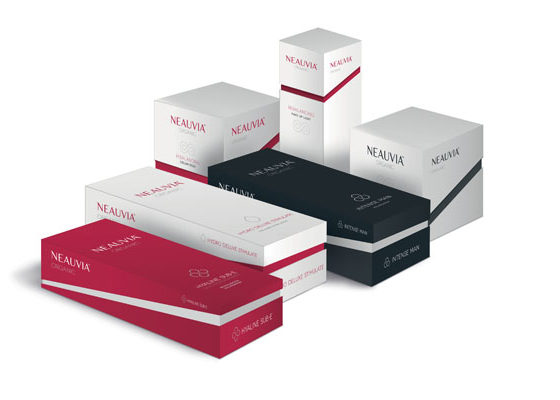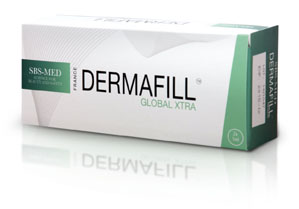Dr Eckart Haneke
The nails have important functions such as being extremely versatile tools in daily life – they protect the tip of the digit and enhance the sensory capabilities of the finger tip. They are also of enormous aesthetic importance.
The hands attract a lot of attention, probably next to the face and the female breast. They are difficult to hide during daily activities in contrast to the face that can be masked with a make-up, a veil, or a wide-brimmed hat. The nails are an important part of attractive hands, and although they can be partially hidden by nail varnish many imperfections are still visible. In addition to their aesthetic function, the nails are extremely versatile tools for scratching and defense, they enhance the dexterity of the fingers, protect the tip of the digits and increase the function of the digital tip as a sensory organ, which is said to be as important as vision.
The beauty of the nails is defined by their shape, size, shine, consistency, integrity of the periungual tissues and the entire distal phalanx.
The nail shape can be disbalanced when it is too wide, too narrow, too flat, curved too much or visibly deformed.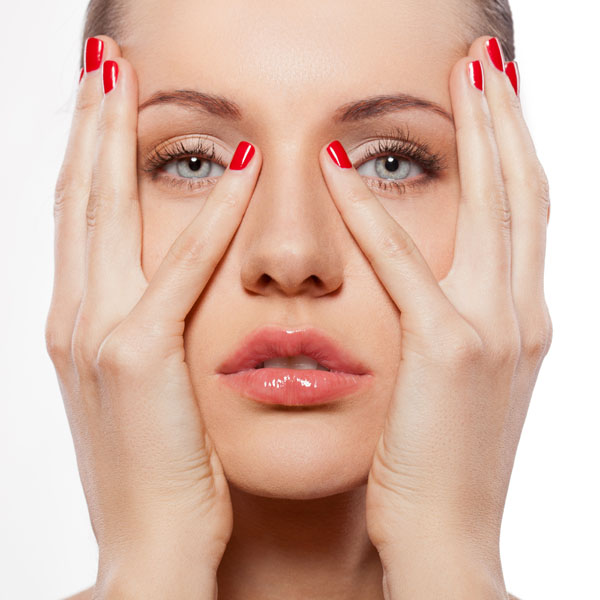
Brittle nails
Brittle and fragile nails are common in females, and the frequency of this condition increases with wet work and age. Nails may also be felt to be too soft or too hard. There is a plethora of different remedies offered in drugstores for the treatment of brittle nails, but the most important fact is to know the commonest cause, repeated maceration and dehydration. This is probably the reason why women complain 10 times more often to have brittle nails than men; however, male chefs, other kitchen workers, butchers, fish-mongers etc. suffer less frequently from fragile nails than women with the same profession.
Nail discolorations
Nail dyschromias are frequent. They always require first an exact diagnosis with identification of the nature of the pigment and its exact localization within the nail unit, which then allows an effective treatment to be instituted. Green nails are commonly due to Pseudomonas aeruginosa. Dirty grey nails are often caused by Enterobacteria. Yellow nails are seen in psoriasis, onychomycosis, nail thickening, retronychia and many other conditions leading to nail thickening.
Brown nails require particular attention as this may be the sign of a nail melanoma.
Treatments to improve nails condition
A supplementation of variety of substances (maybe called onychosupplements and onychocosmeceuticals) : Biotin, vitamin A, vitamin E, gelatine, sulfur-containing amino acids, other sulfur-rich proteins, hormones, essential rare elements, calcium, iron, zinc, selenium, silicium, or urea can be taken but without proven benefits.
Biotin is often called the “hair and nail vitamin”. It was shown to improve the quality of horse hoofs, but there are very few sound studies in humans.
However, there are some measures that may, within narrow limits, increase the nail growth rate. Itraconazole in a dose of 400 mg/d or fluconazole ~150 mg/d were observed to speed up nail growth, which is particularly useful for the treatment of fungal nail infections. Physical activity, warm temperatures and possibly sun light also increase the nail growth rate whereas the nails grow slower at night, in cold weather or high altitude. Physical activity improves the nail quality, makes them harder as is seen in manual workers who have thicker and harder nails.
Diseased nails often have an irregular surface, they are fragile and brittle, may be malformed, too small or too big. When dealing with such nails the causative condition has to be treated first. Certain changes can be effectively camouflaged. Rough nails and pits due to lichen planus or psoriasis may become invisible when transparent or lightly colored nail varnish is used. Artificial nails when used rationally may also be beneficial.
1. Everybody wants to have beautiful nails. Many embarrassing nail disorders can now be treated, however, some seemingly banal conditions are difficult to improve.
2. In-depth knowledge of the biology, physiology and growth pattern of nails helps to treat unsightly nails and avoids useless but expensive therapies.
3. the knowledge of self-inflicted nail alterations is essential as these are often the reason of ugly nails particularly in cosmetically over-concerned females.
Pour aller plus loin :
1. Haneke E. Autoaggressive nail disorders. Trastornos de autoagresión hacia las uñas (Engl & Span). Dermatol Rev Mex 2013;57:225-234
2. Berk M, Jeavons S, Dean OM, Dodd S, et al. Nail-biting stuff? The effect of N-acetyl cysteine on nail-biting. CNS Spectr 2009;14:357-360
Dr Eckart Haneke
Dermatol Clinic, Freiburg, Germany
Dept Dermatol, Univ Berne, Switzerland
Centro Dermatol Epidermis, Porto, Portugal
Dept Dermatol, Univ Ghent, Belgium


